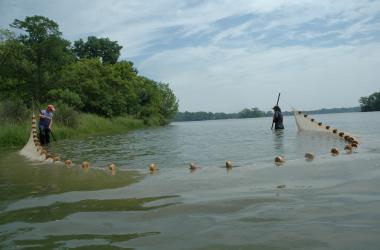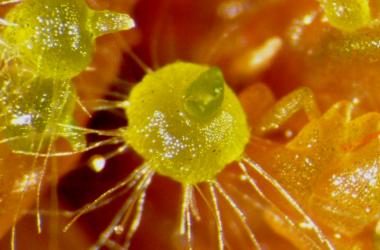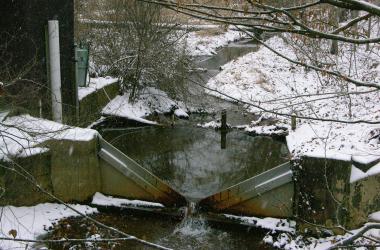The word “conservation” can evoke many powerful images. For some, it involves protecting forests and national parks. Some picture rescuing endangered species from extinction, and others envision harvesting food, energy, or water in a way that conserves them for future generations. Conservation at its core encompasses all these aspects and several others.
For many ecologists, conserving biodiversity is a critical part of their mission. Biodiversity refers to the diversity of life—on a planet, in a watershed, or in a single stream. It’s often used to describe how many different species live in a certain area. But biodiversity can just as easily refer to diversity within a single species or diversity among entire ecosystems.
How much does biodiversity matter, to the Earth and to us? Are ecosystems with more diversity better able to resist climate change or invasive species? Are they better at cleansing our water of pollution, shielding our homes from storms, or providing food? Today much of the research suggests the answer is yes: Biodiversity has the power to make the world healthier, stronger, and richer. But diversity’s impacts on many types of ecosystems remain unexplored. Ecologists at SERC seek to not only conserve biodiversity, but understand it.
SERC research takes a holistic view of conservation. Some projects focus on a single species or family, like blue crabs or orchids. But others explore conserving entire ecosystems, which can shelter hundreds or thousands of species. All of them look closely at the human connection, searching for more ways humanity and nature can coexist sustainably.












